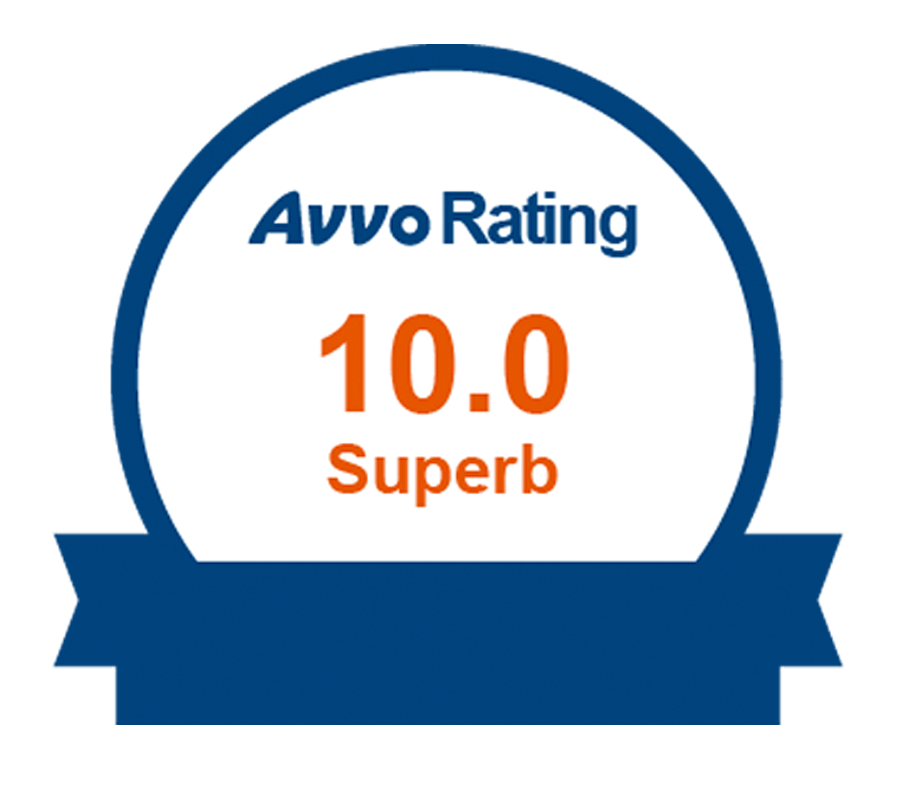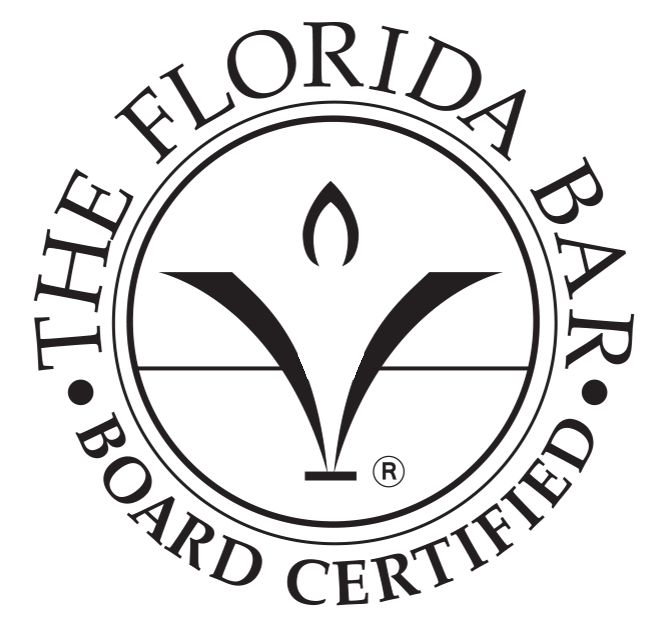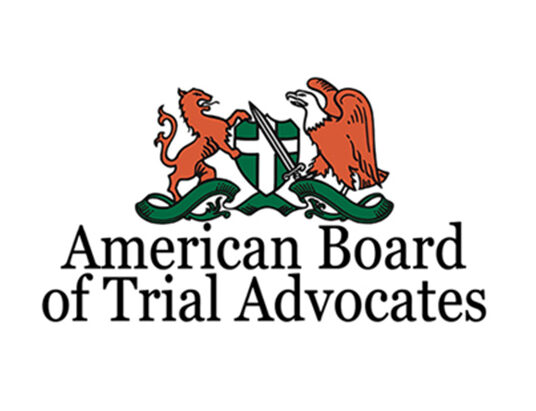Car accidents can cause many kinds of injuries, even death. Those accidents can create long-term problems or even late-appearing problems. The head, neck, and spine are particularly at risk for those common late-appearing problems, such as whiplash, which can result in the problem we are talking about today—a herniated disc injury.
Jobs that require heavy lifting and carrying or bending are at a higher risk for slipped or herniated discs, but improper lifting techniques and even sports accidents can also cause these injuries.
The biggest hurdle when dealing with a back problem is identifying the type. Not all injuries are treated the same way, and it is important to know the type of injury you are suffering from so you can get the right treatment.
A herniated disc injury is common for those who have experienced trauma to the spine. The spongy discs located between the vertebrae absorb shocks to the spine and provide flexibility between the bones. When a person’s back is injured, the disc may slip, bulge, or even rupture.
Symptoms of a herniated disc may include:
- Localized pain. If a disc is pressing on a nerve, there may be pain the length of the entire nerve’s receptors, as far as the fingers and toes.
- Sciatica. This happens when a lower disc is pressing on a nerve through the back of the leg and is a common side effect of a lower back injury.
- Numbness. Compression of the nerve often causes this.
- Shoulder or chest pain. Injury to a higher disc could result in pain to the upper extremities.
- Backache. This may be caused by the compressed disc or the original trauma.
- Tingling. It feels like “pins and needles,” as if the limb were asleep.
- Weakness. This can occur in arms, legs or back muscles.
- Muscle spasms. These can happen due to jolting or uneven compression of the nerve.
Some who suffer a herniated disc may not be aware of it, since they won’t be in pain unless the disc puts pressure on the spinal cord or nerves. Symptoms, including numbness or pain, may not be apparent right after the accident depending on the disc and its location. While a doctor may order x-rays, these are often not very helpful in diagnosing a herniated disc. You’ll likely need an MRI, which allows for better views of the spine, muscle tissue and discs. ACT scan may also be needed to offer a more detailed view for serious cases.
No matter what the cause, back injuries can be debilitating, frightening and frustrating. If you need help after an accident, get advice from an experienced Personal Injury Lawyer Daytoa Beach or Ormond car accident lawyer today by calling Zimmet & Zimmet at 386-255-6400 or visiting our website.











